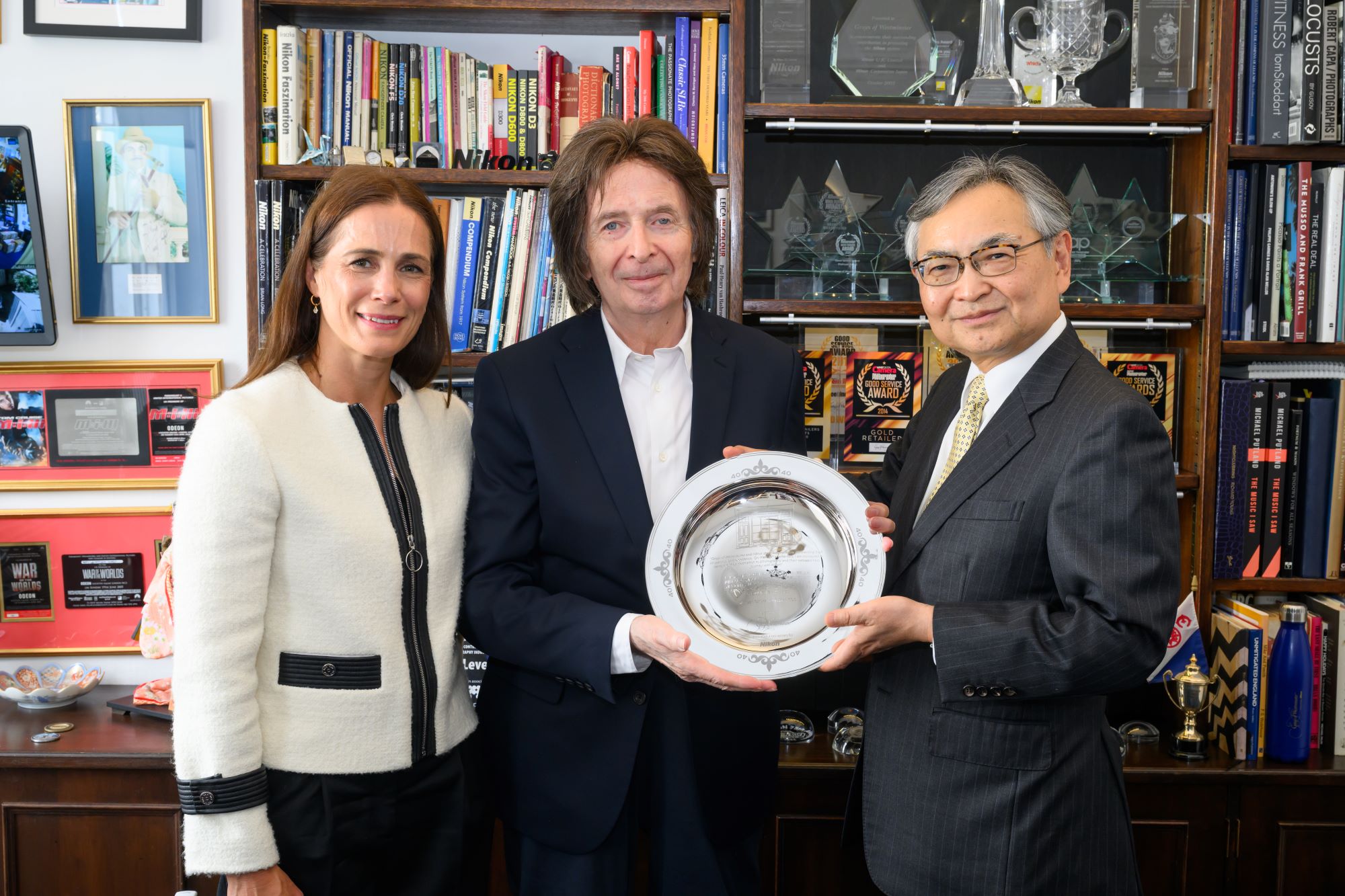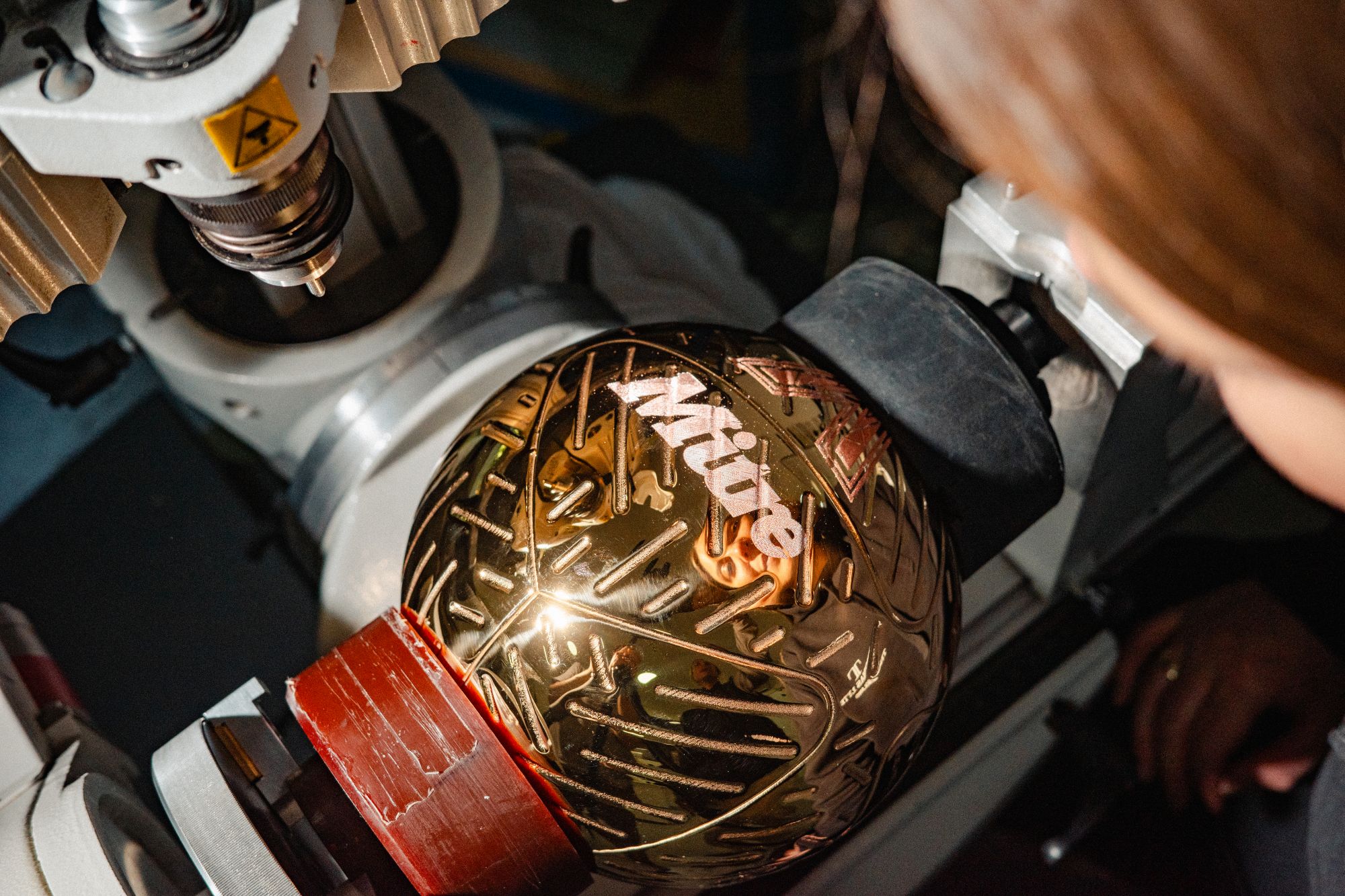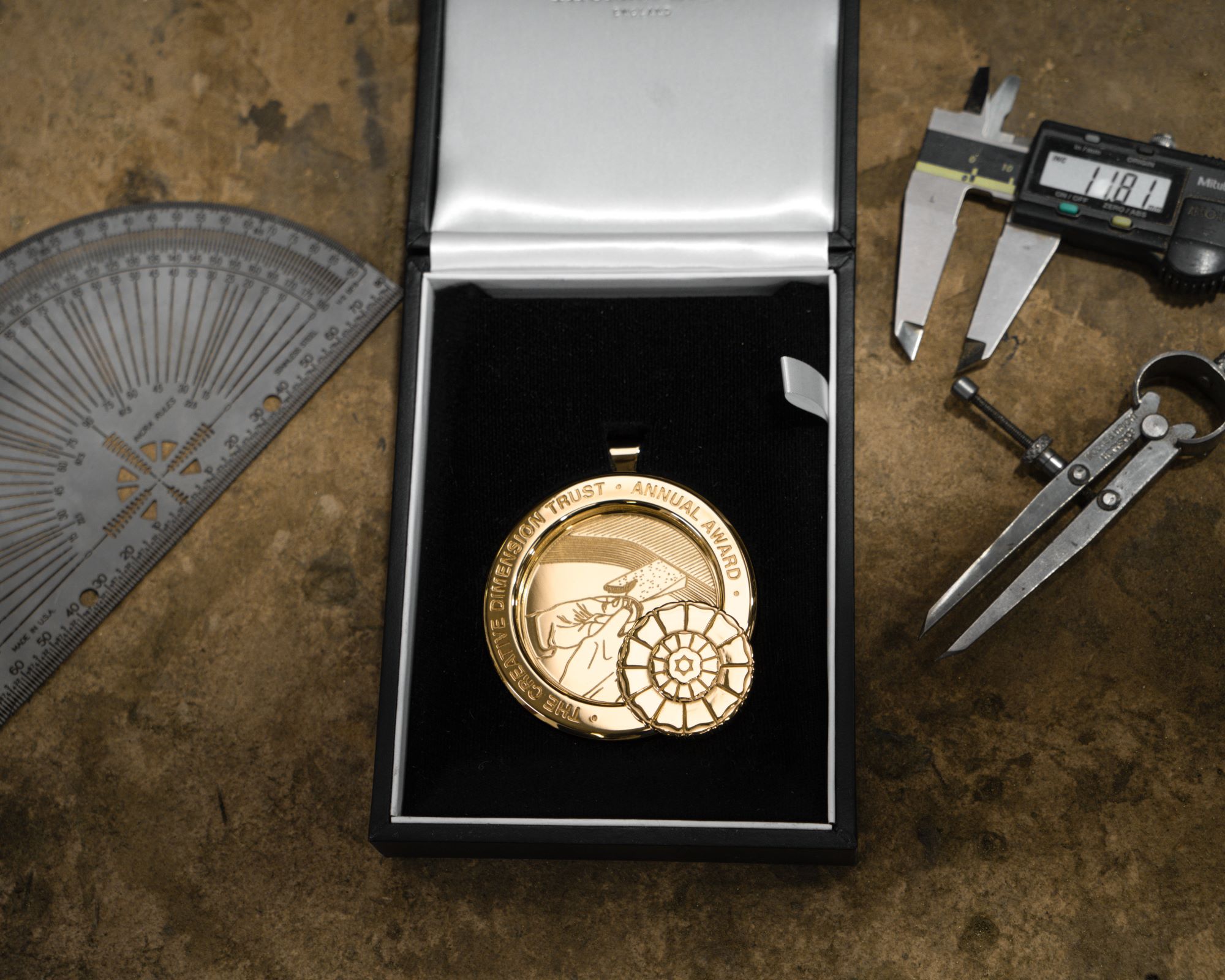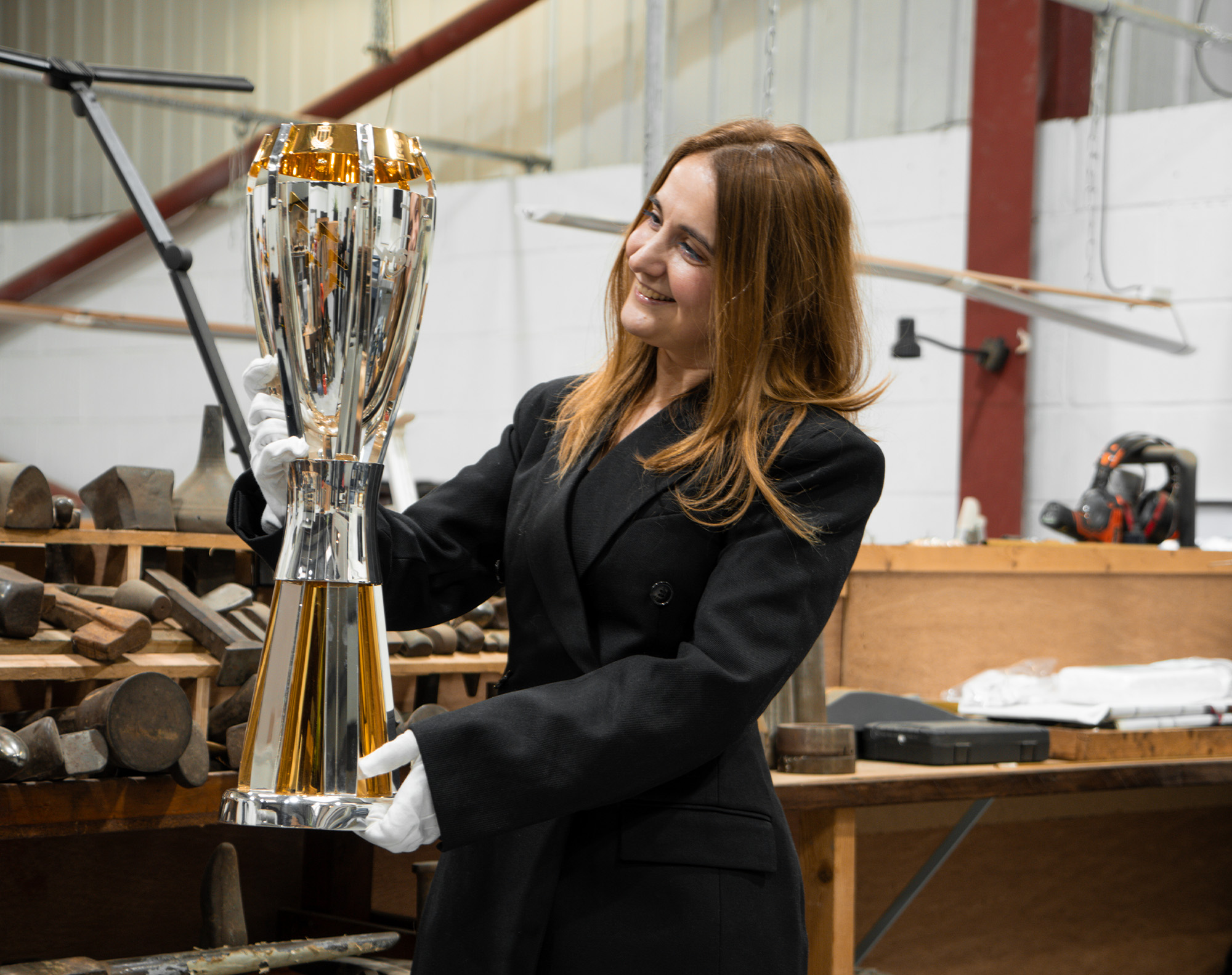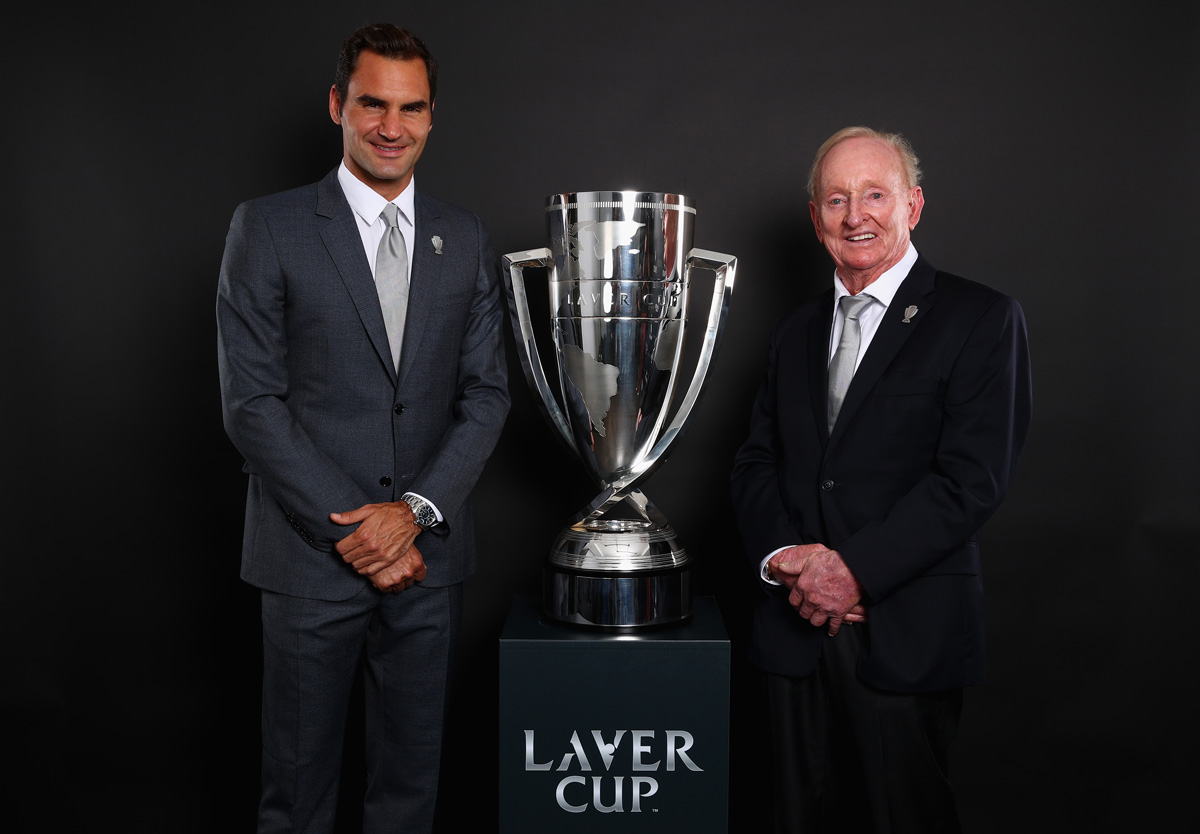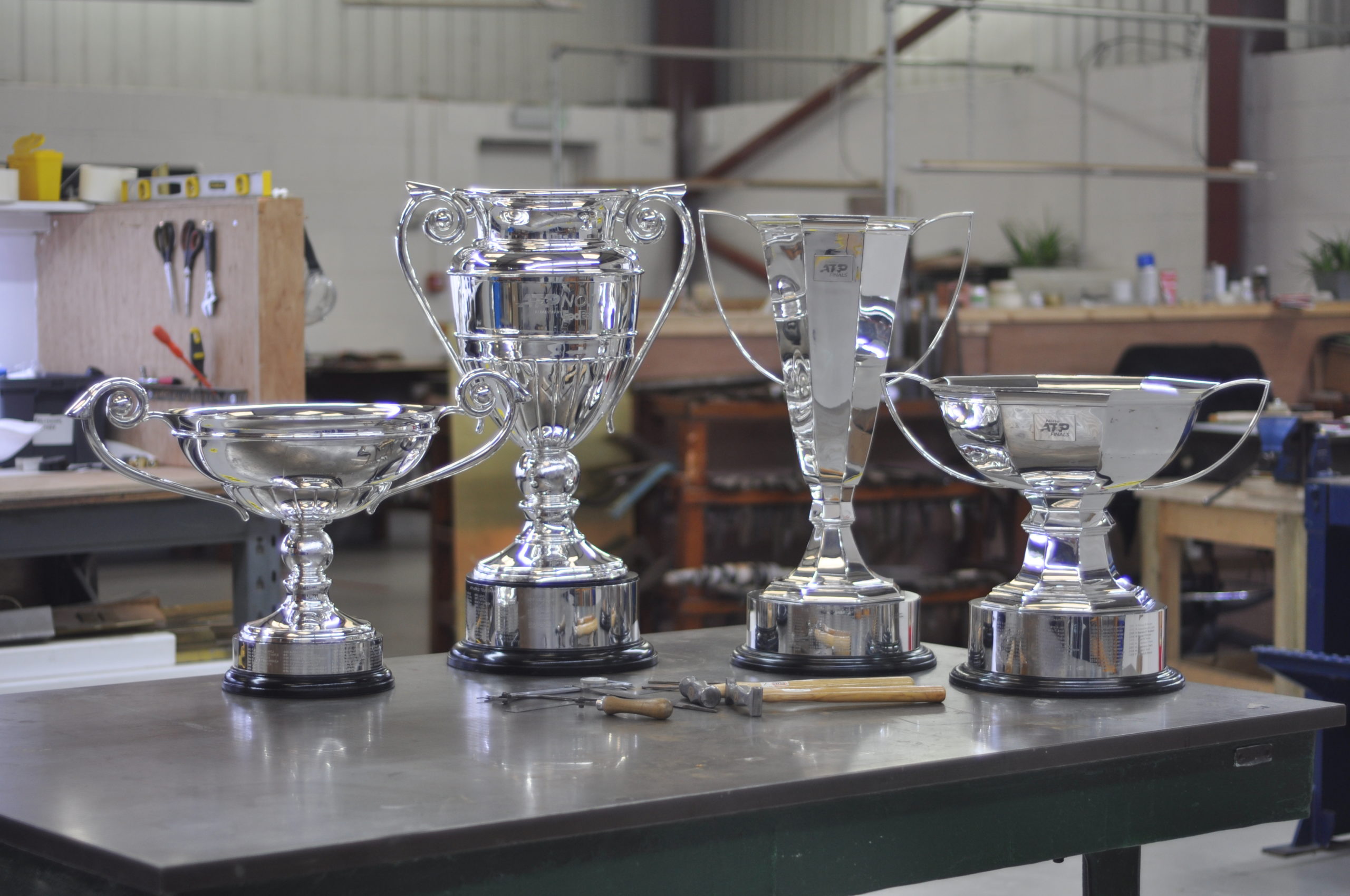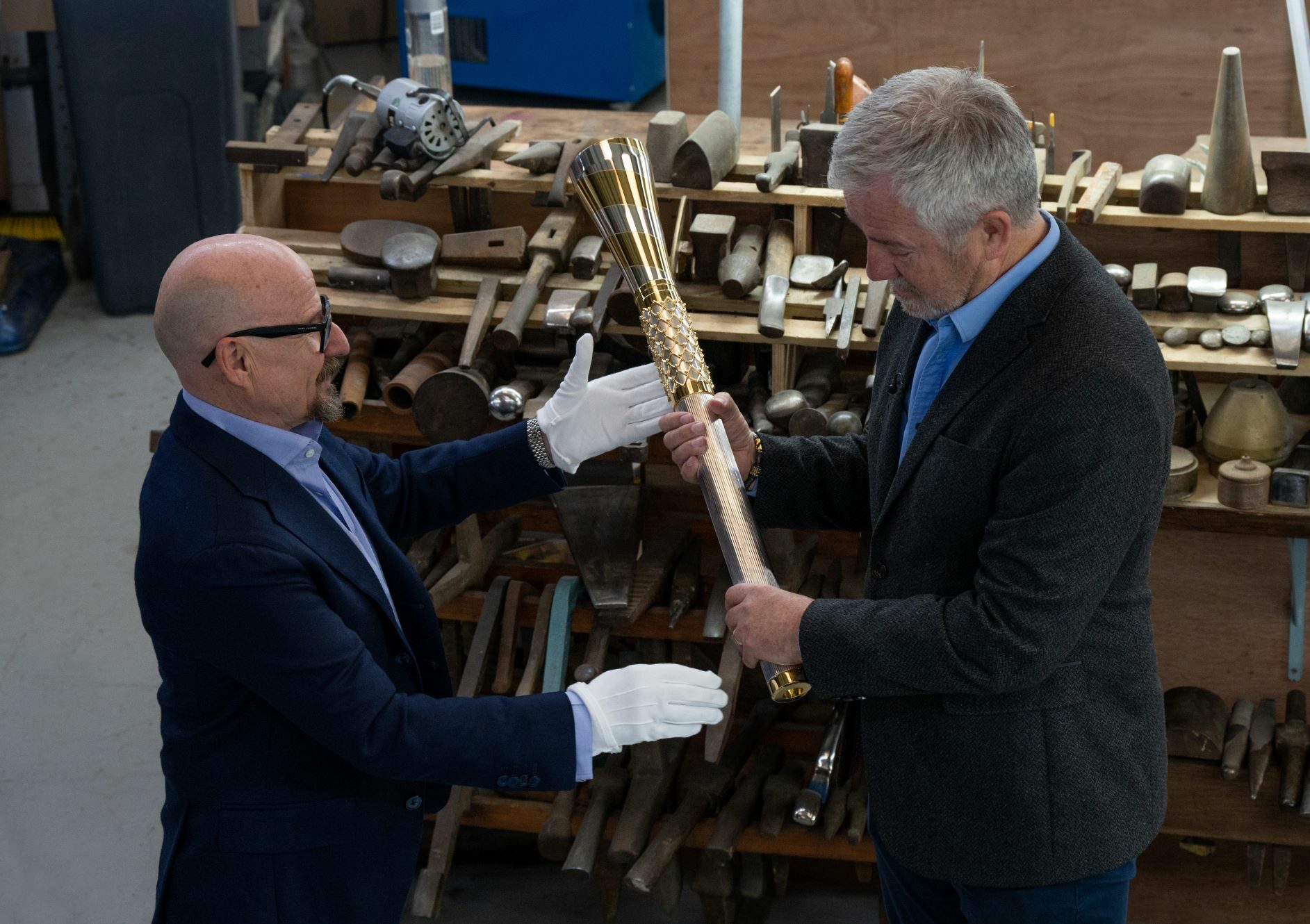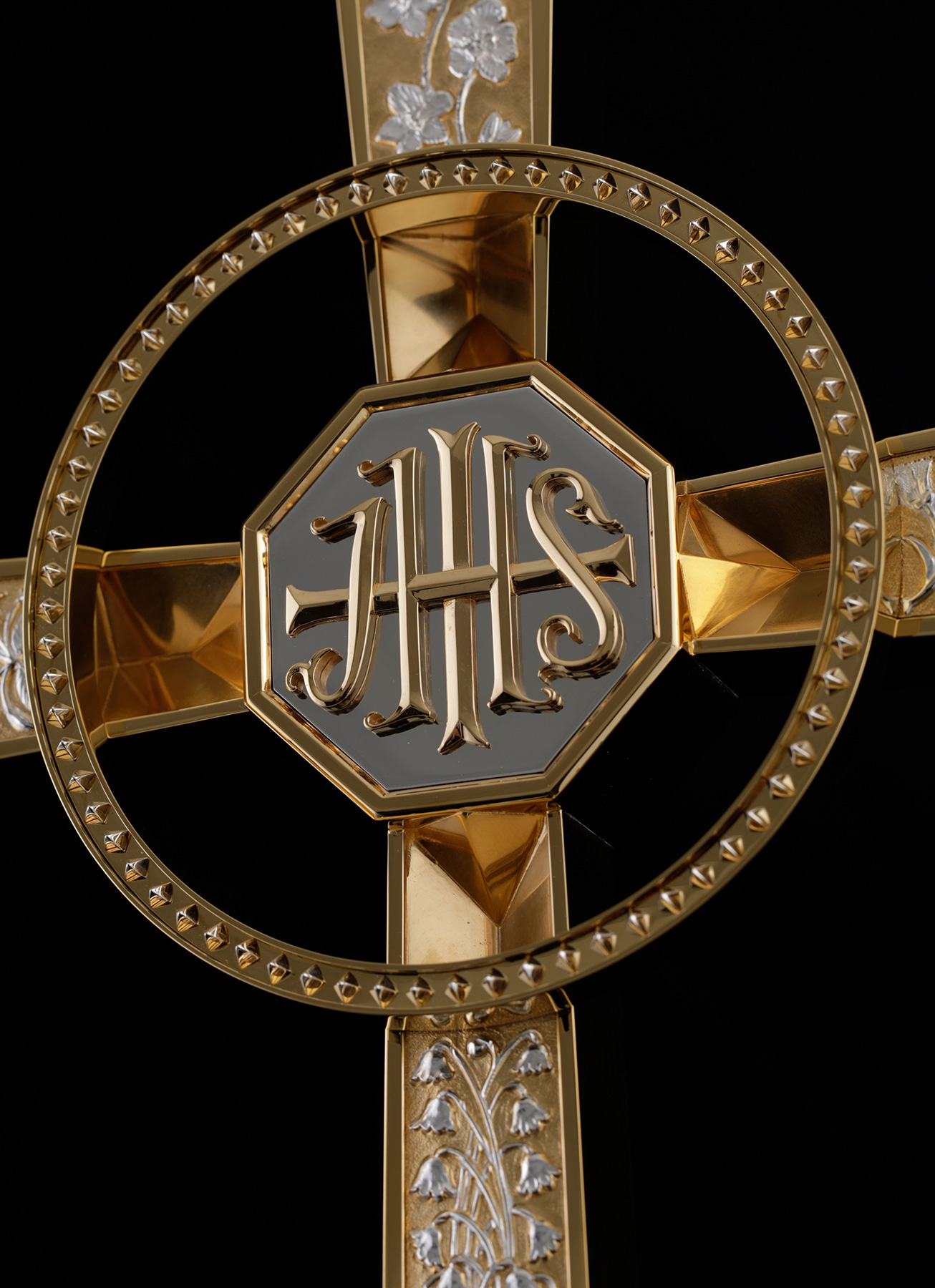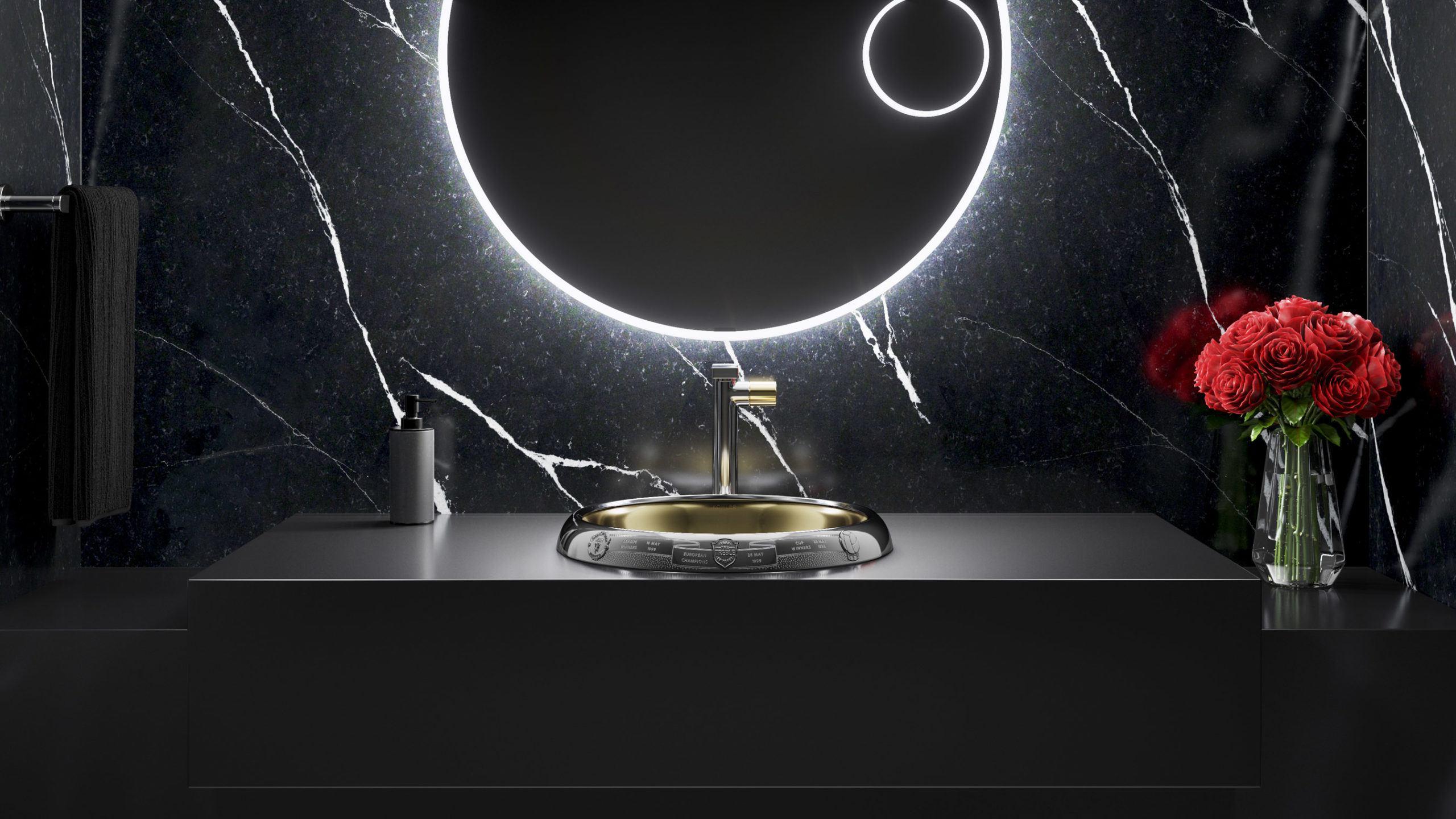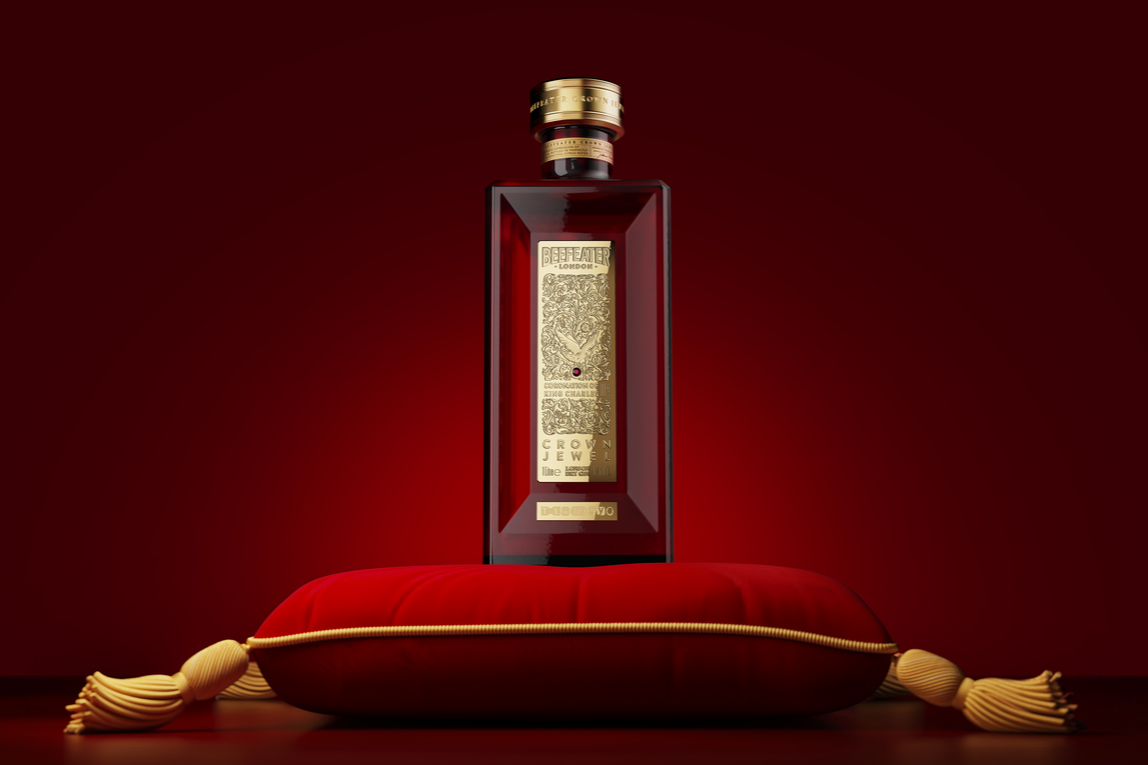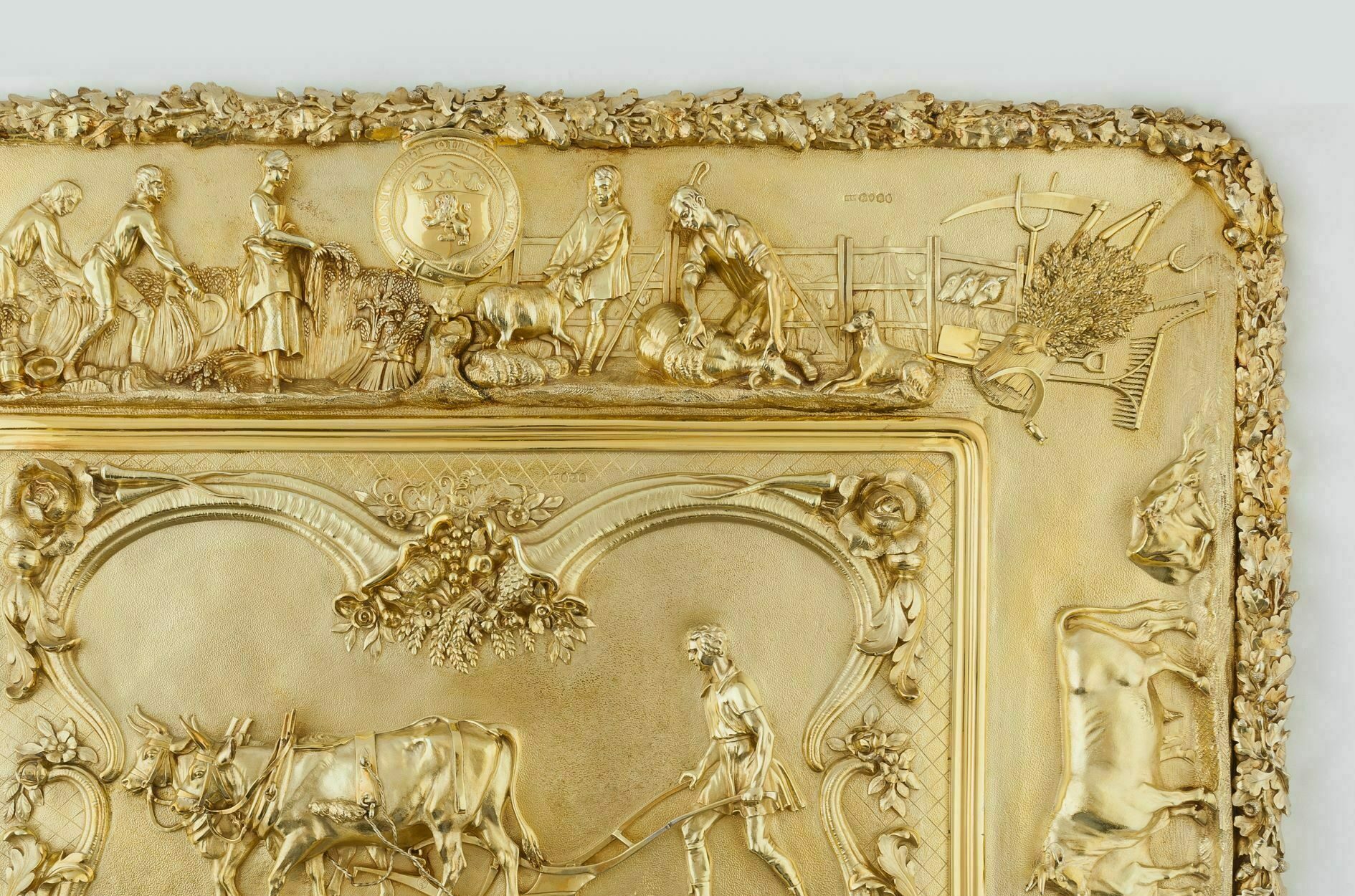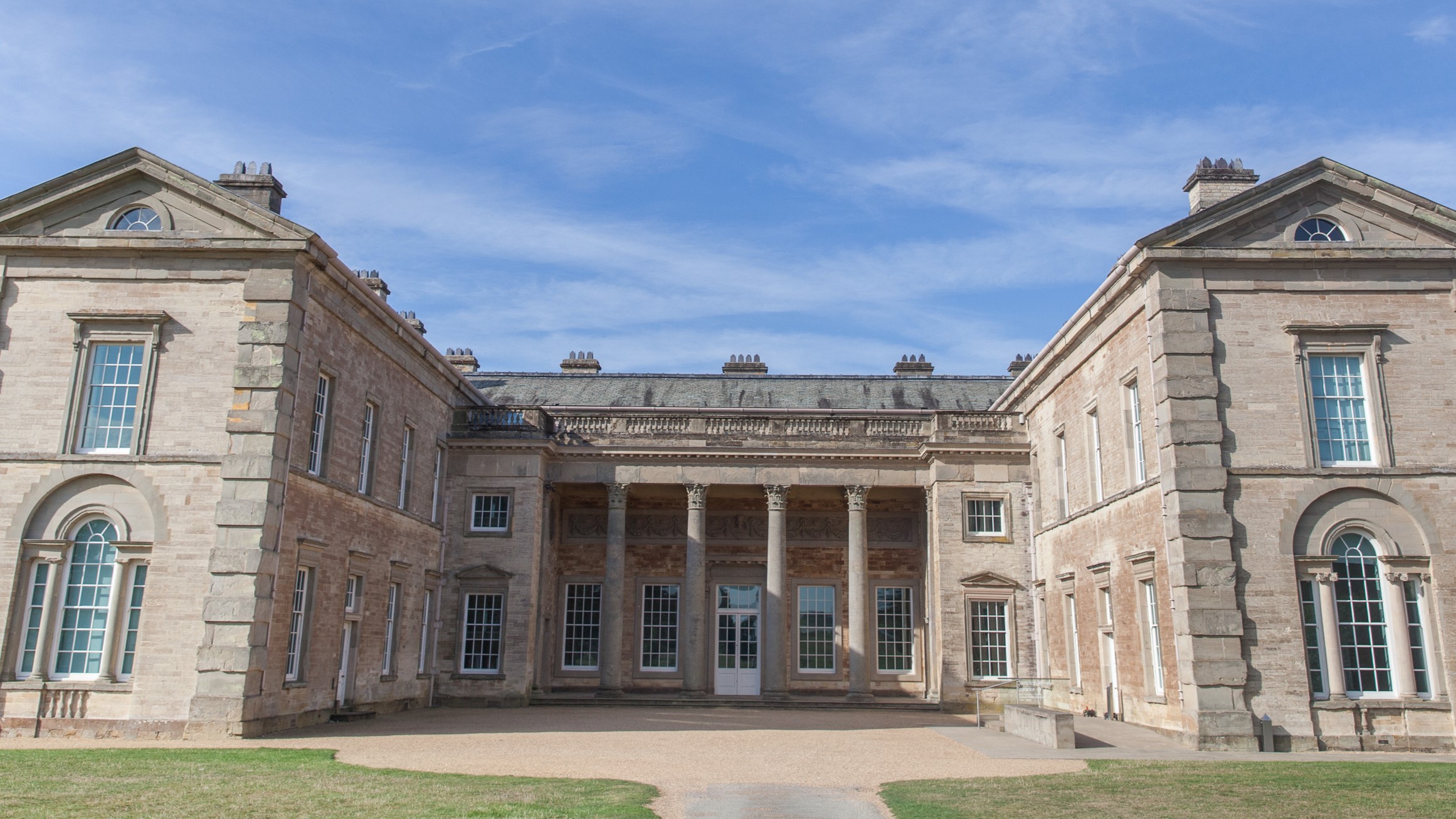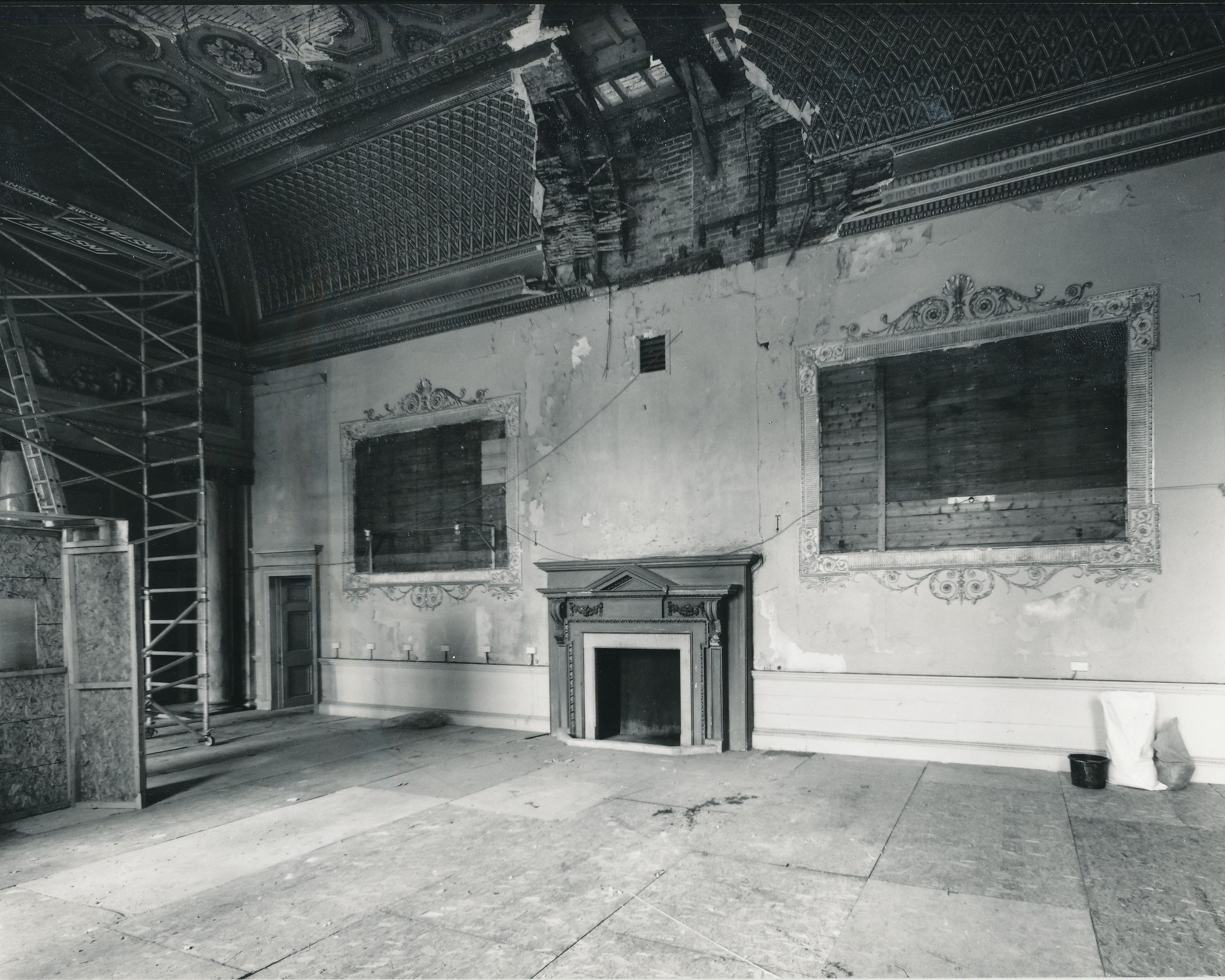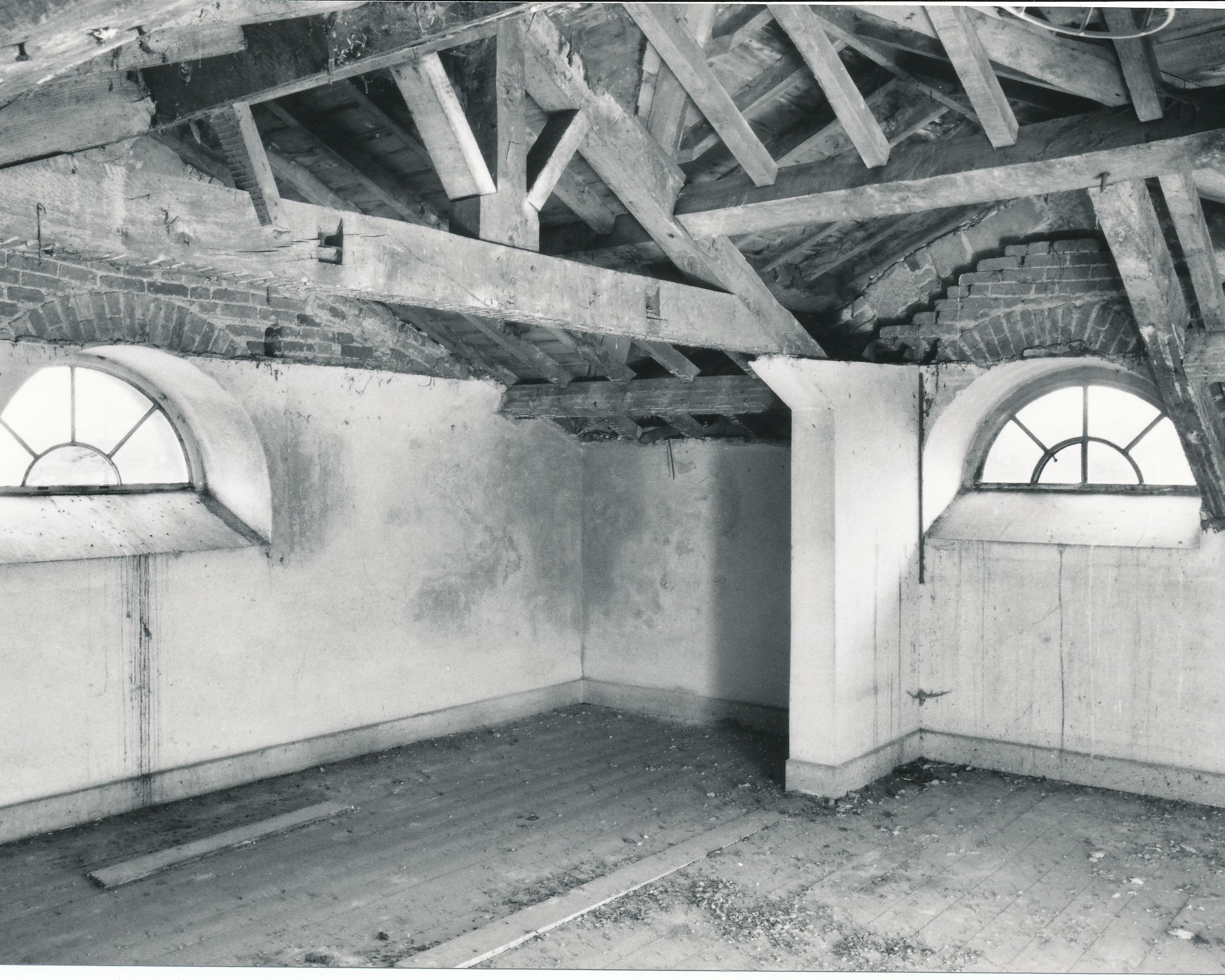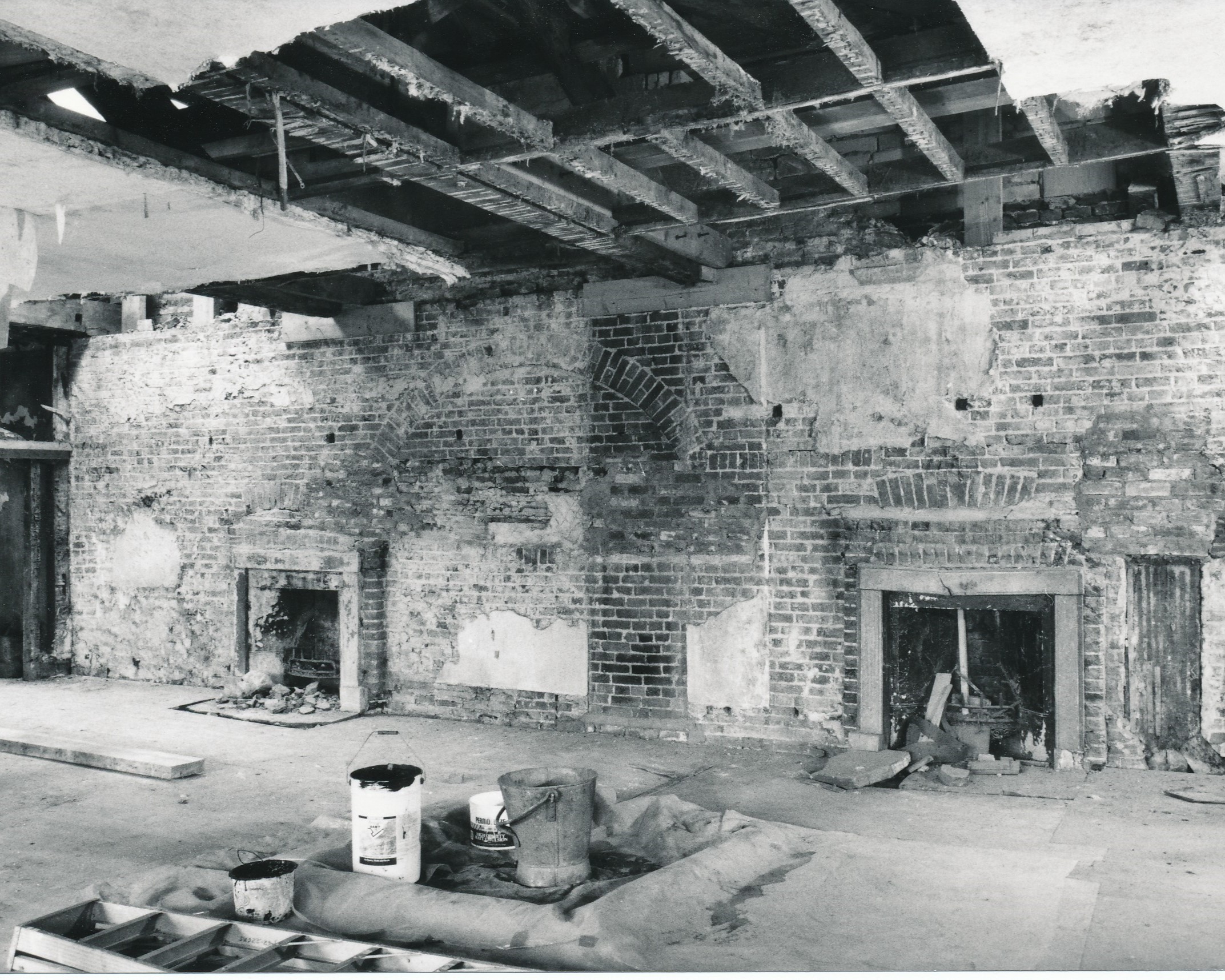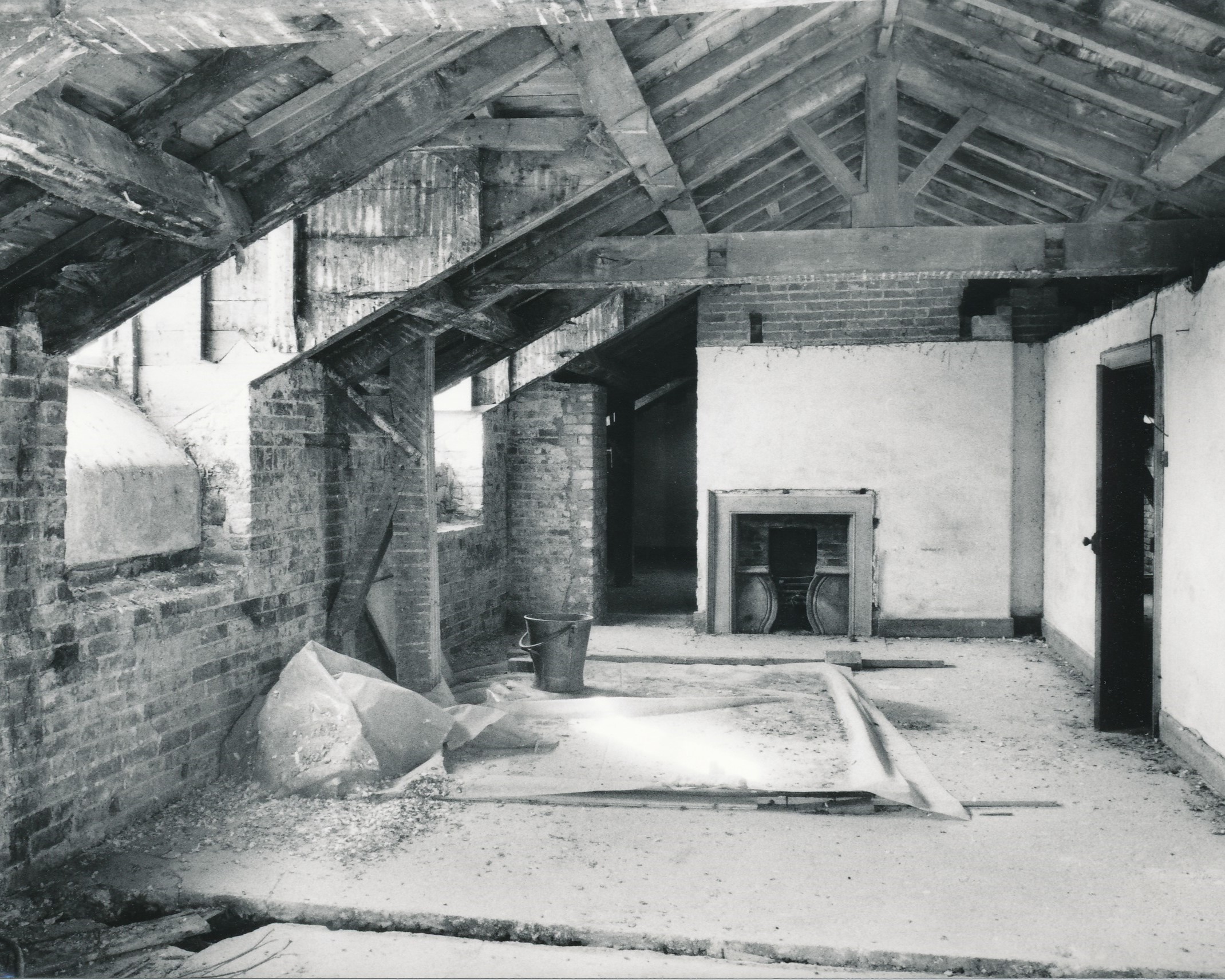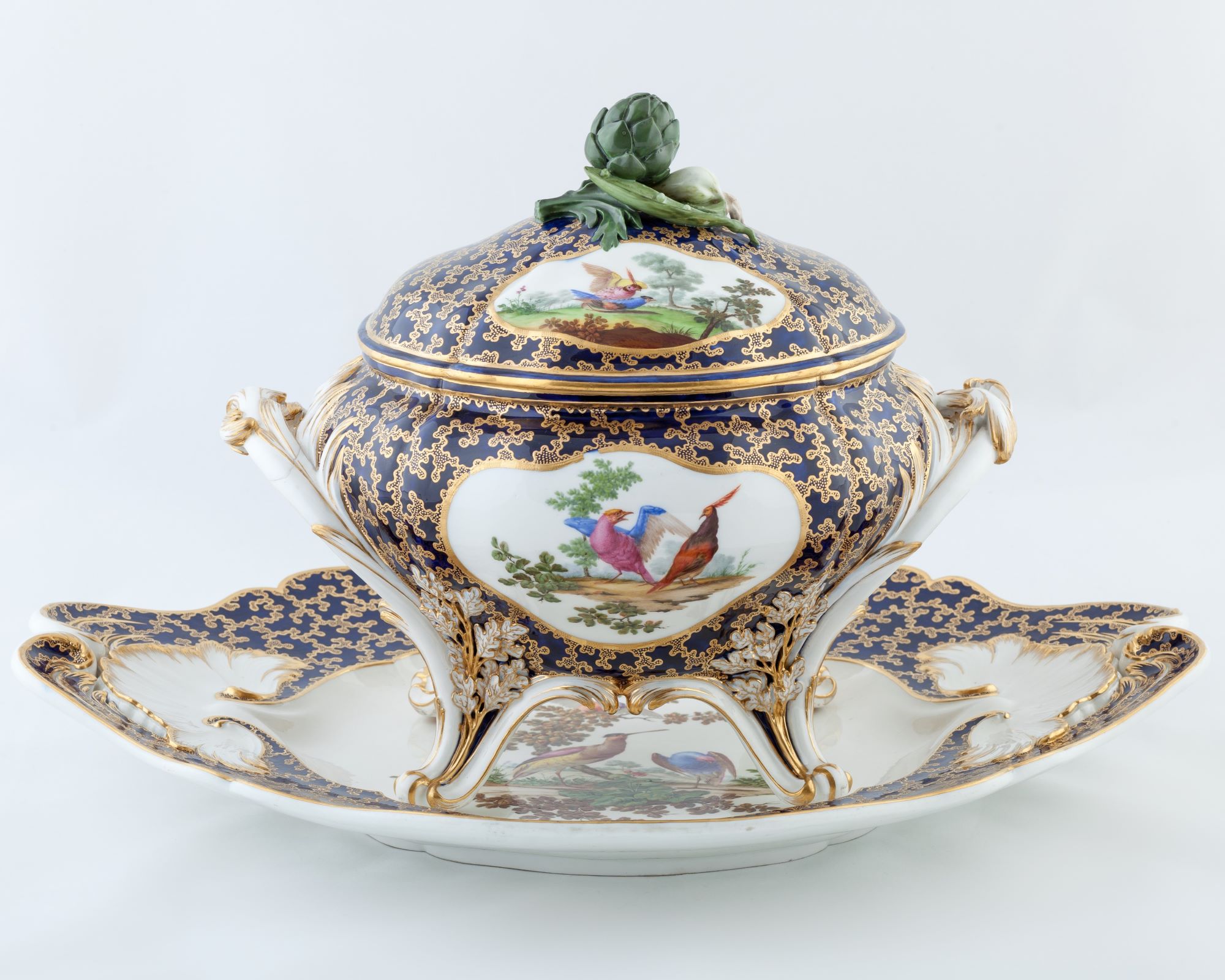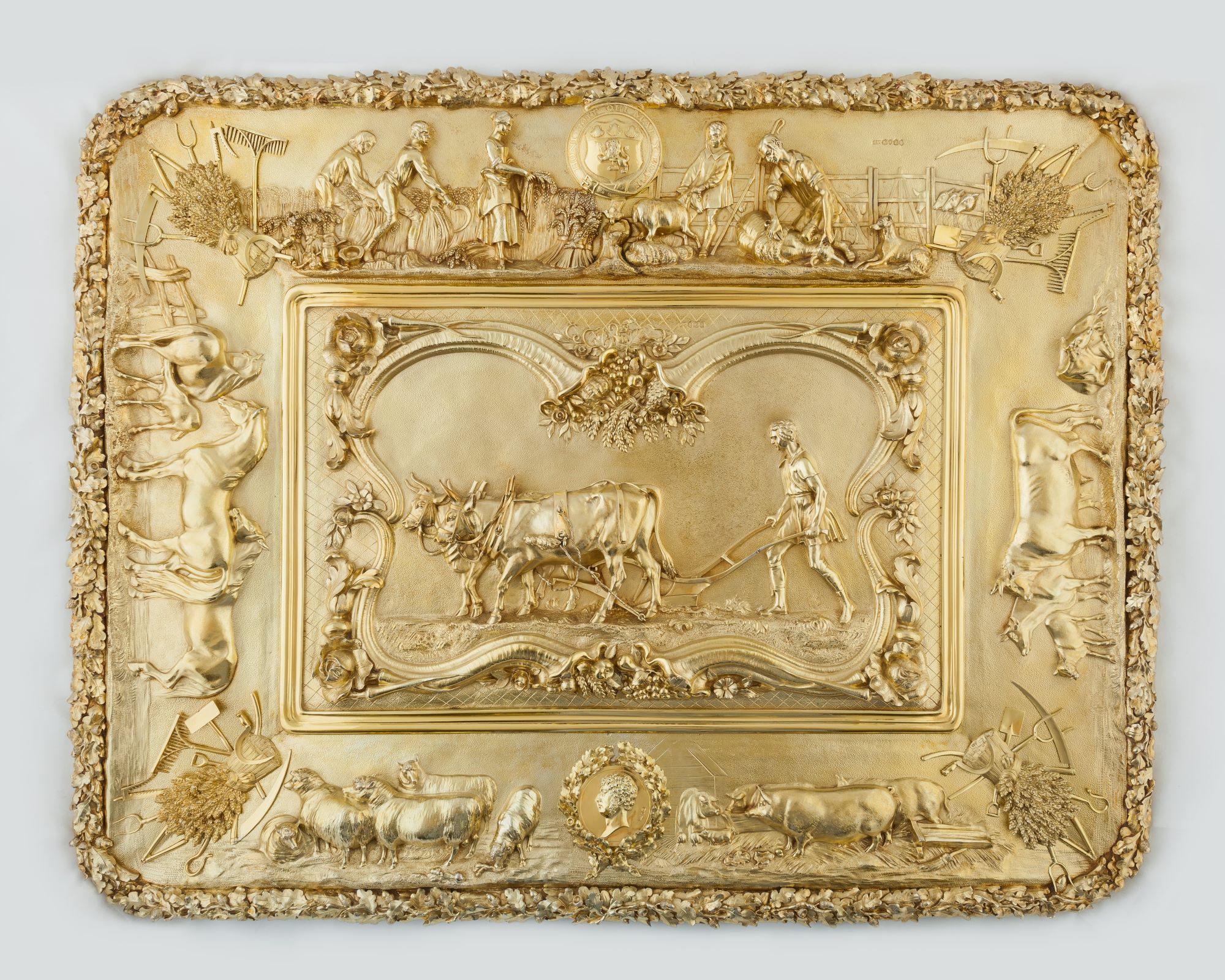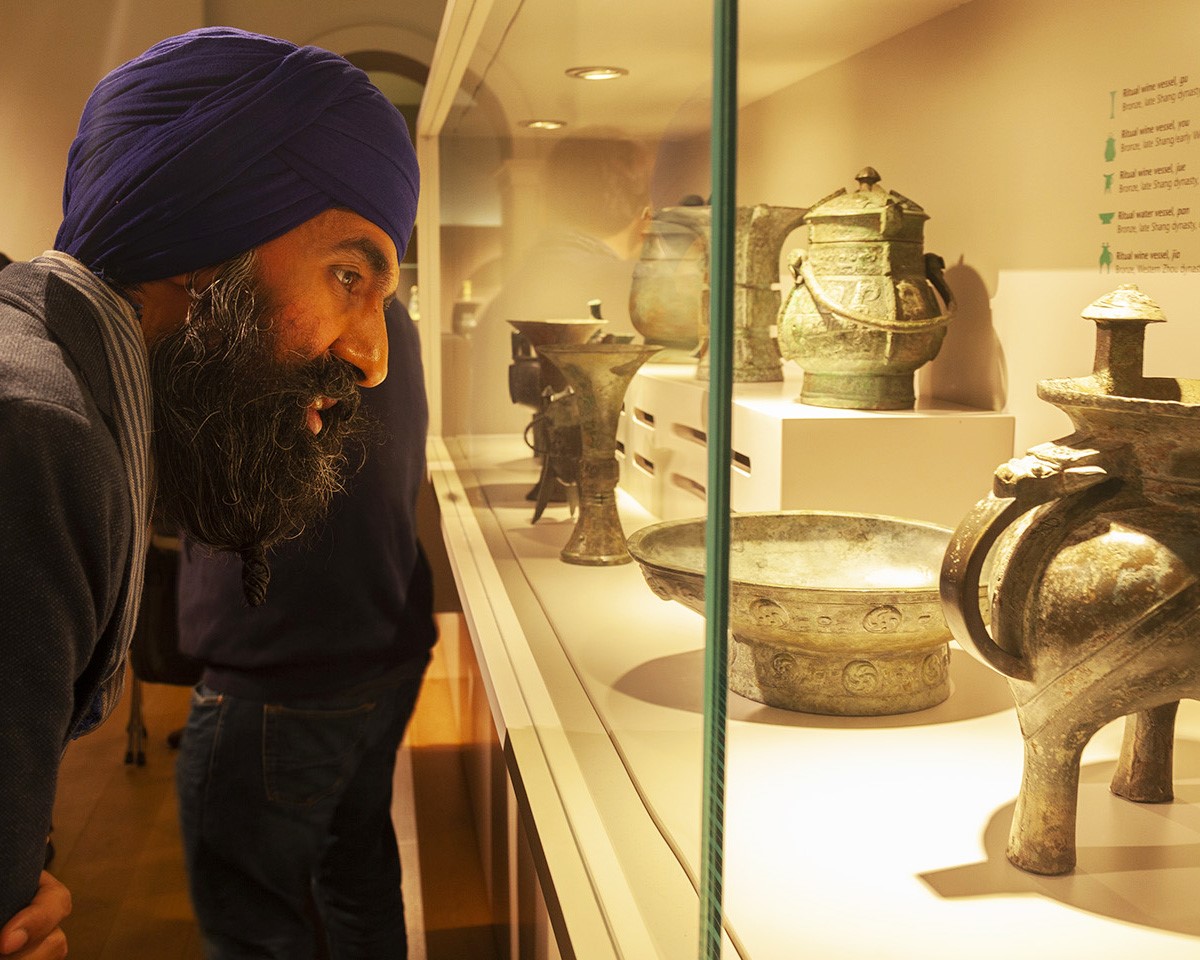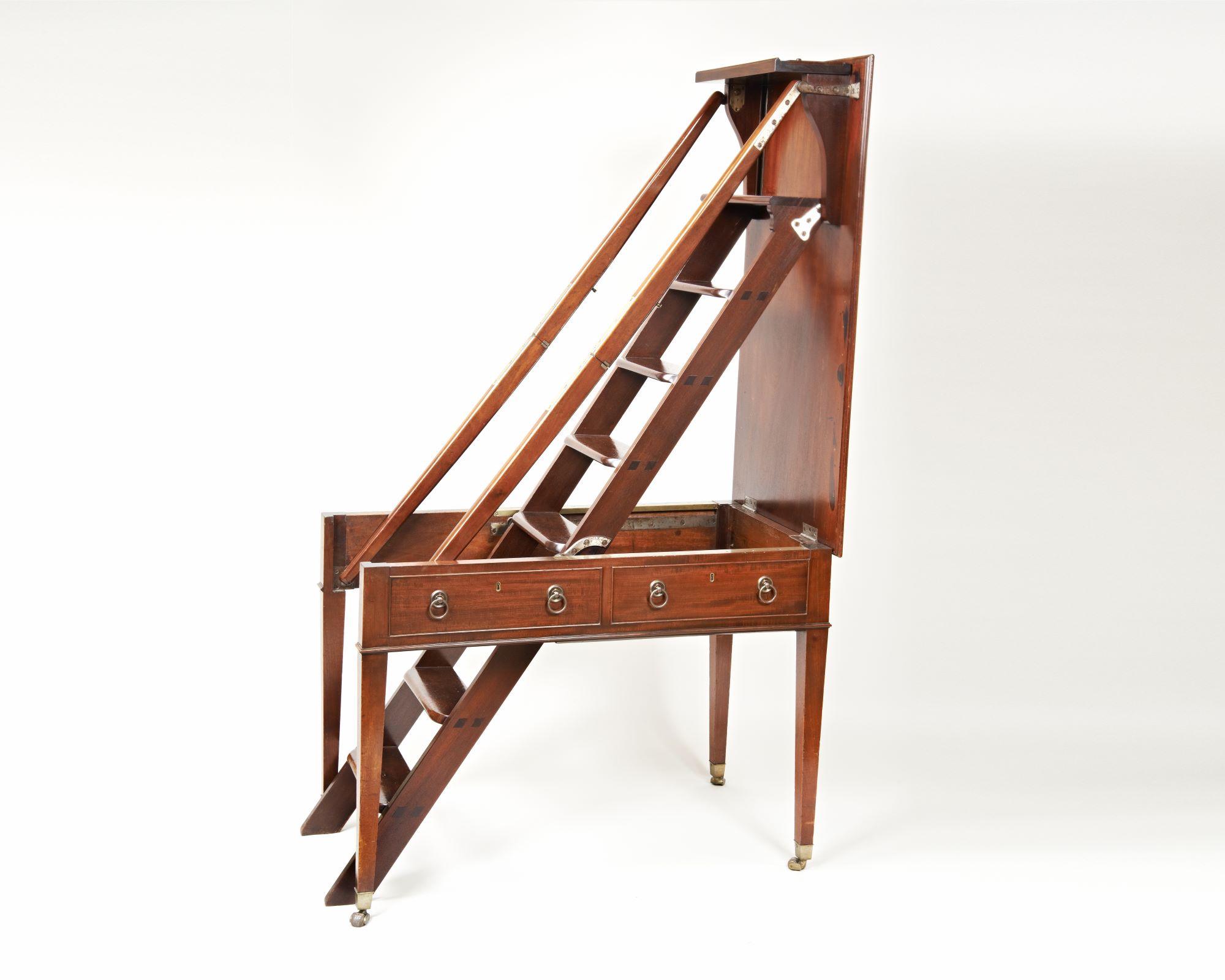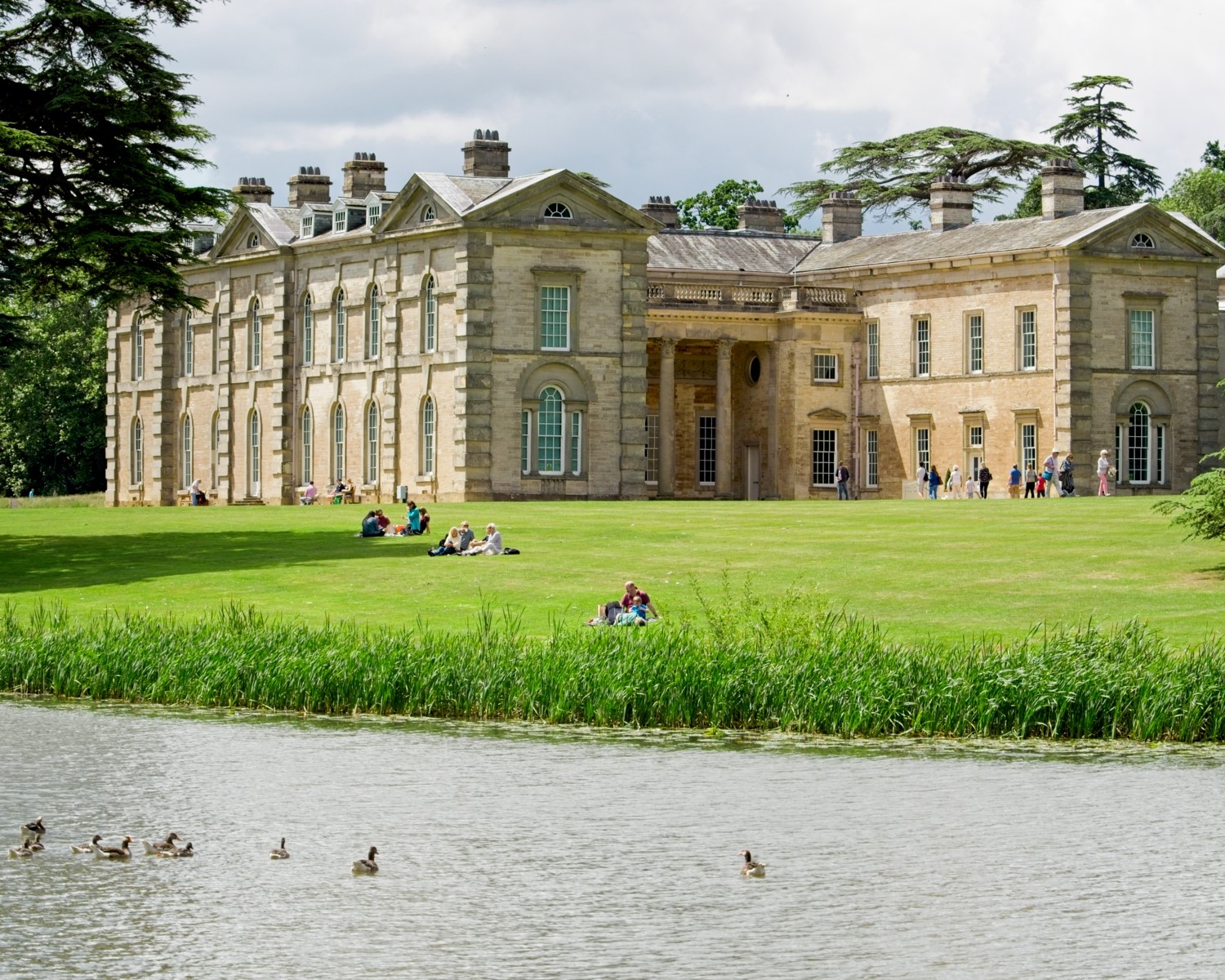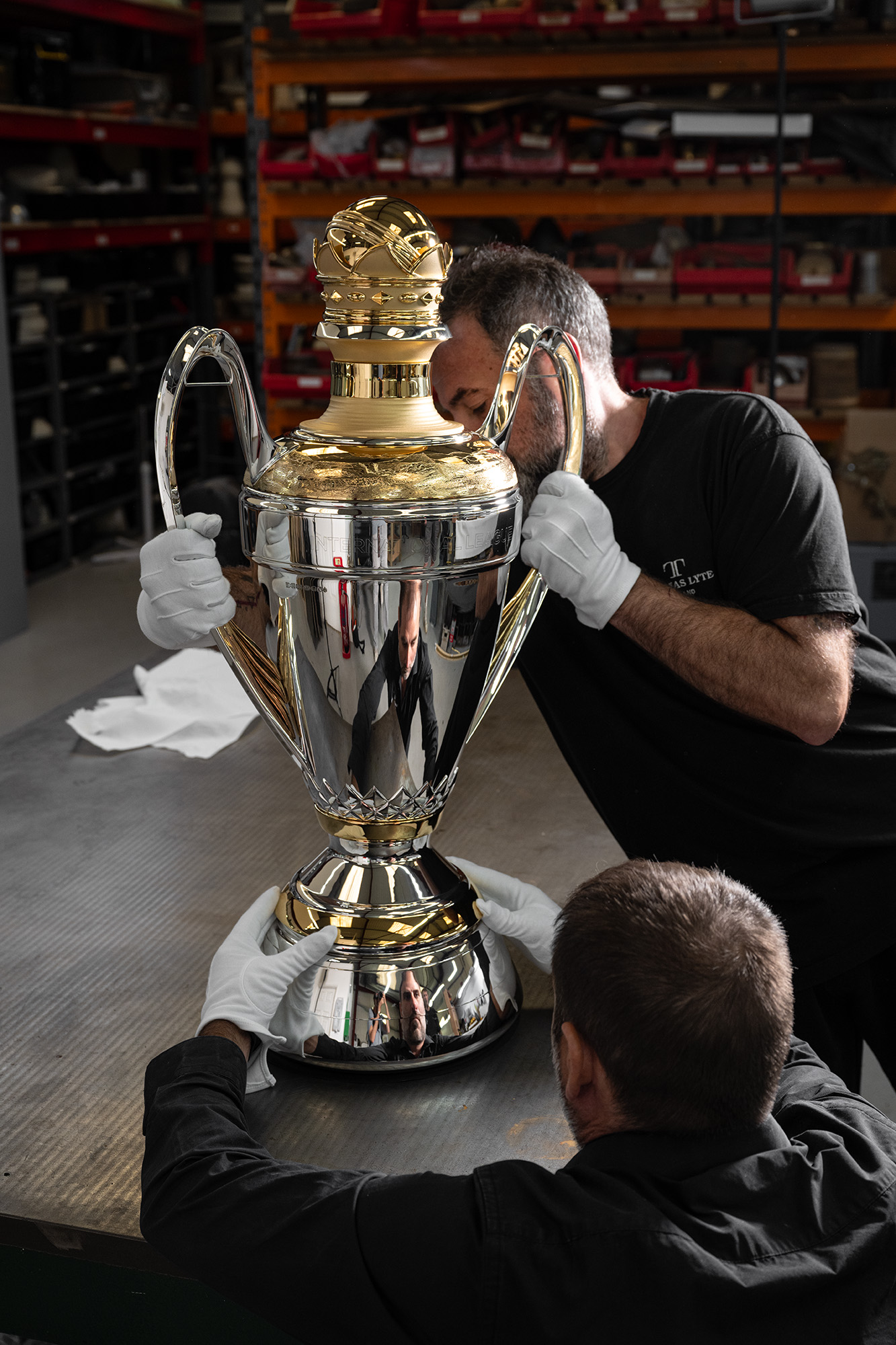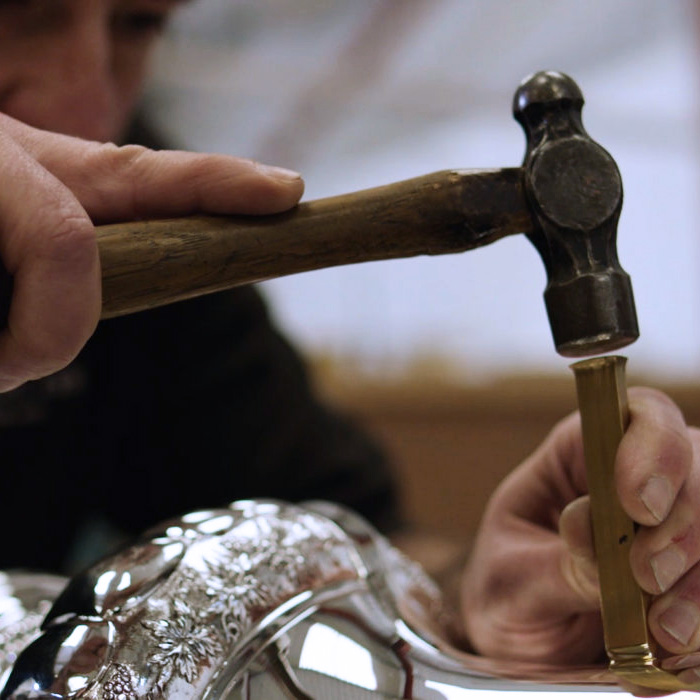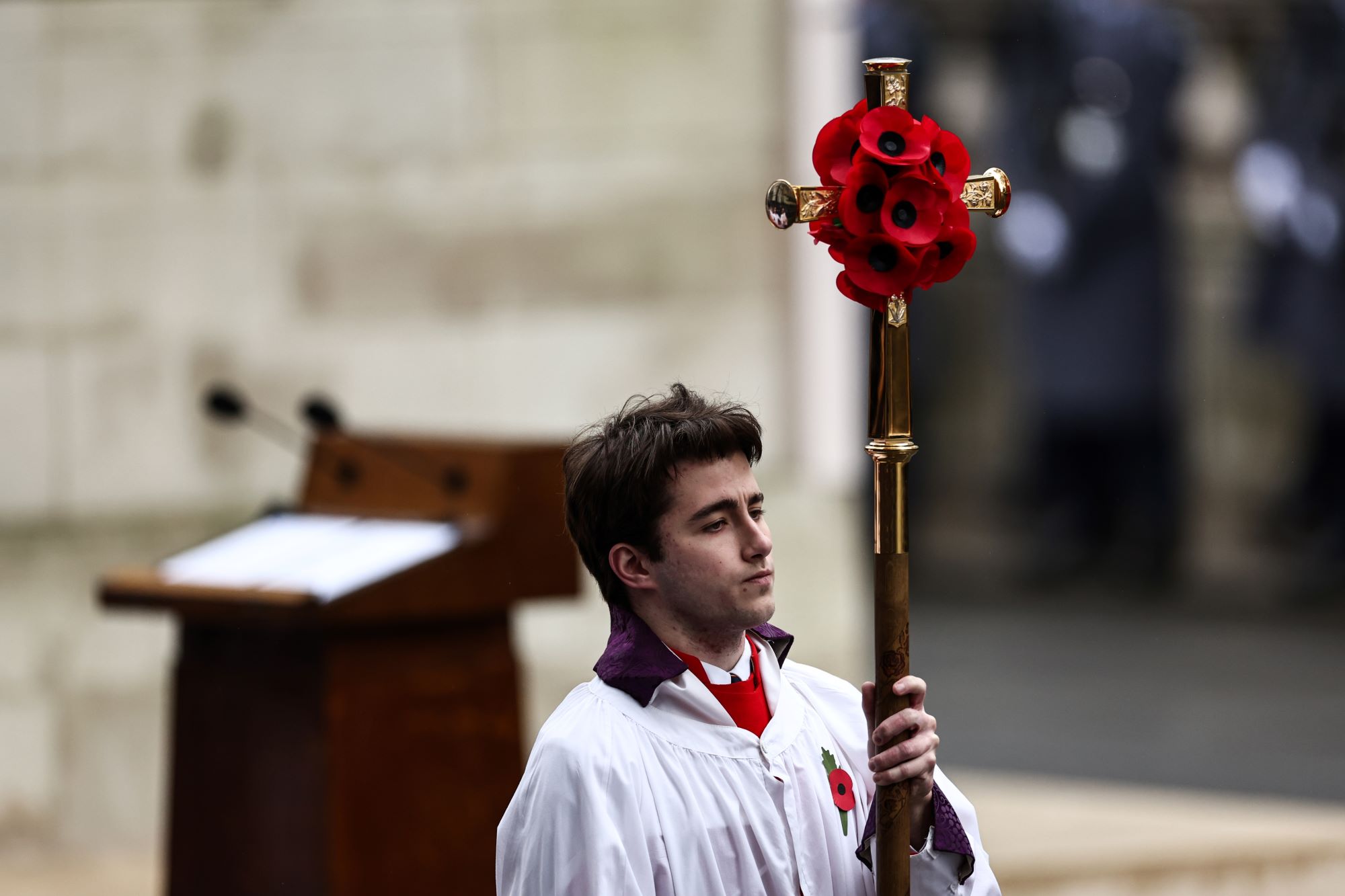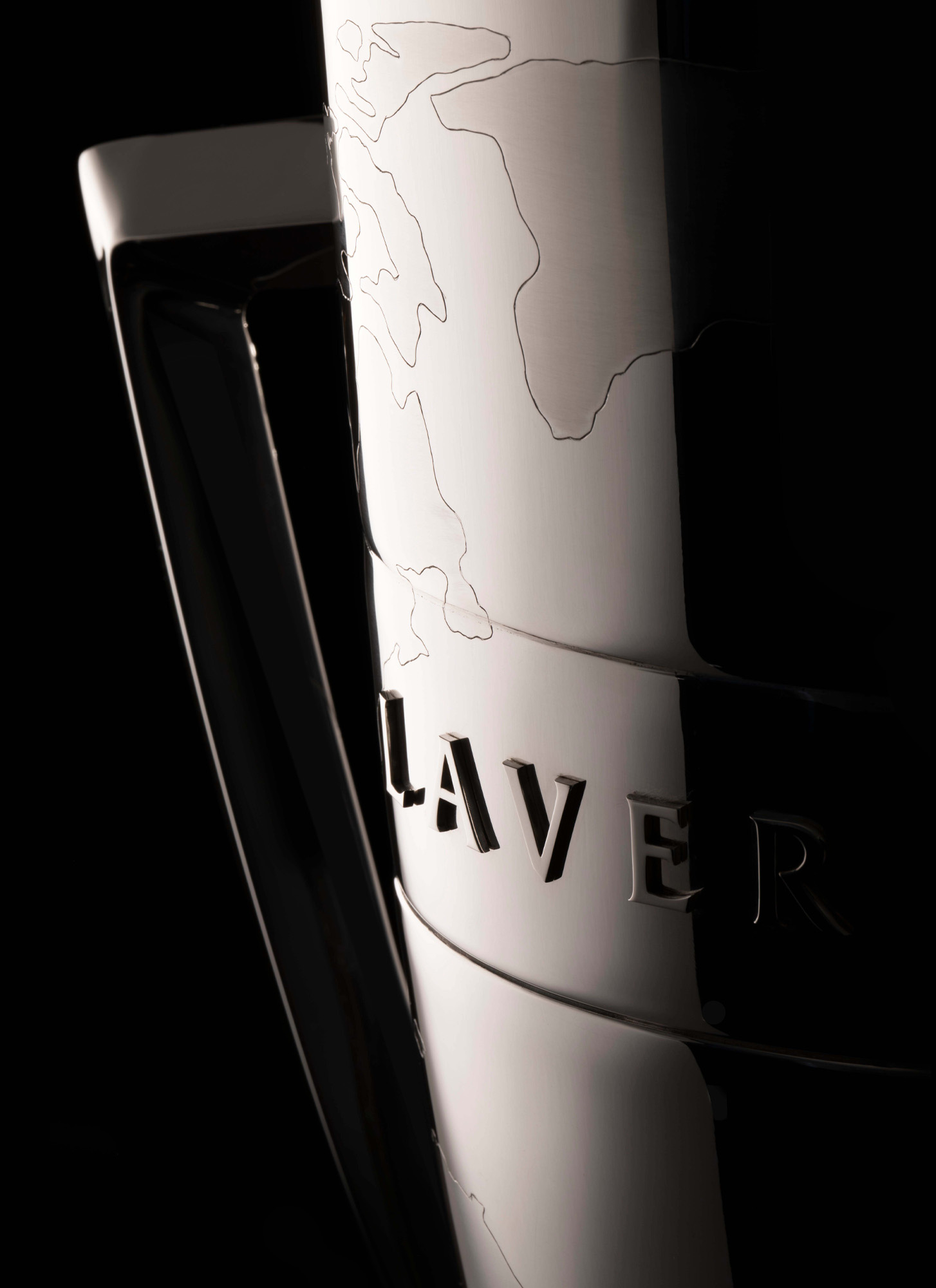Charlotte Metcalf is the Editor of Great British Brands and the co-presenter of Break Out Culture, a weekly podcast with former Minister of Culture, Lord Vaizey. She is also a film-maker, author and journalist. She reports regularly for Thomas Lyte on cultural events, exhibitions, fairs and publications that are of interest to the communities of craftsmen we represent and celebrate, with a particular focus on goldsmiths and silversmiths.
.. … .. … .. … .. … .. … .. … .. … ..
Charlotte Metcalf reports on the new exhibition at Compton Verney which throws light on how attitudes to craft have shifted
Compton Verney in Warwickshire is one of the most beautiful parks in Britain. Famous for its Cedars of Lebanon, the restored Grade I Georgian mansion is set on an ornamental lake in 120 acres of parkland designed by Capability Brown. The house itself has been through many iterations – at one time there were ambitious plans for it to be a hotel with an opera house in the grounds. Today, after a £45 million restoration project and the creation of a modern wing, it is a major art gallery, housing six permanent collections, including its highly praised British Folk Art Collection.
The gallery has a well-deserved reputation for mounting fascinating exhibitions, and from 21st October a major exhibition of materials and makers is opening in collaboration with Woburn Abbey and the Crafts Council. With exhibits dating back as far as 2000 BC, this promises to be a veritable treasure-trove of historic and contemporary craft, many on display for the first time ever, and complete with all the stories of the makers behind them.
![baton of hope mike mccarthy recieves baton from Thomas Lyte]() A Symbol of Hope for the UK
A Symbol of Hope for the UK![Designers Makers Of The Queen Elizabeth II Platinum Jubilee Processional Cross 3 1306x1800]() Culture Round-Up: 2022 and the Queen Elizabeth II Processional Cross
Culture Round-Up: 2022 and the Queen Elizabeth II Processional Cross